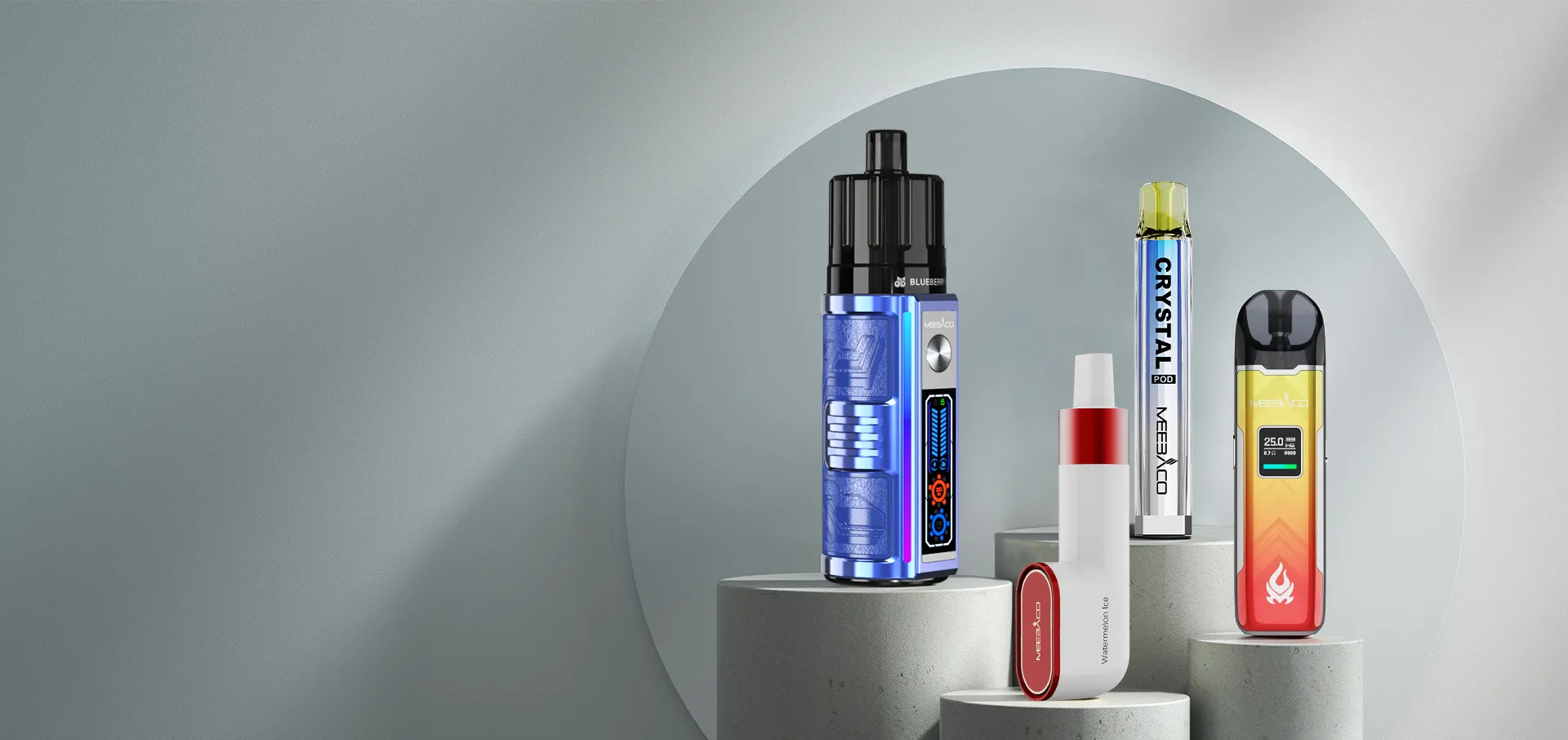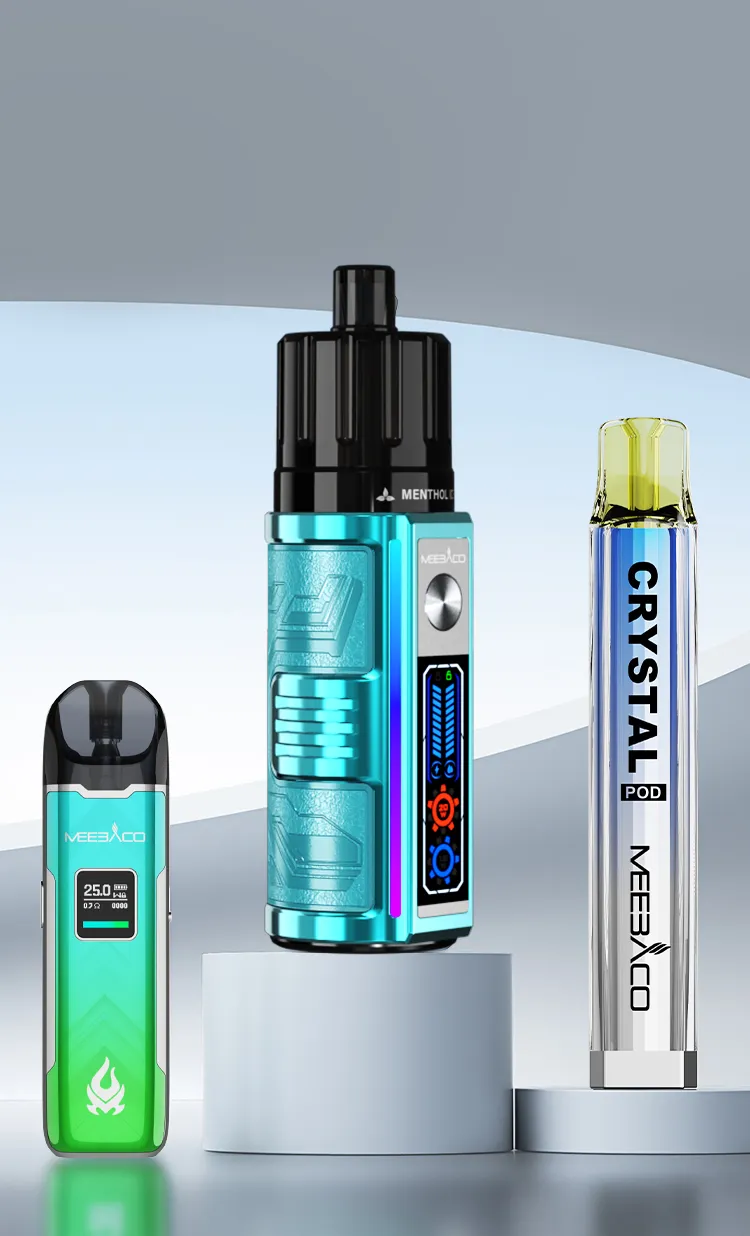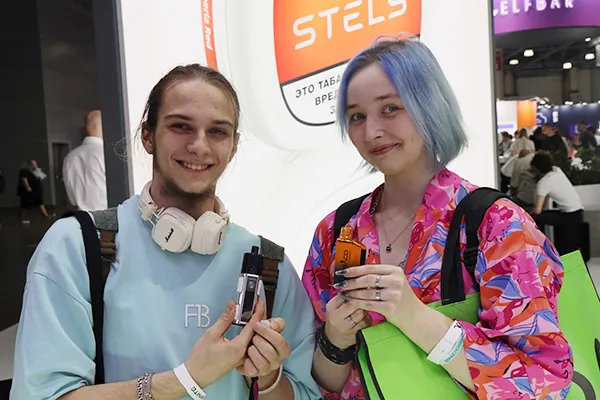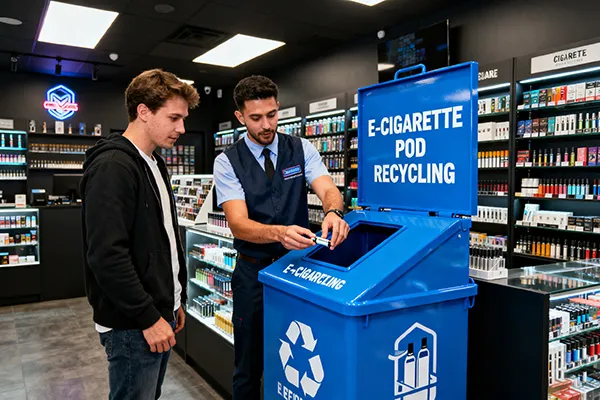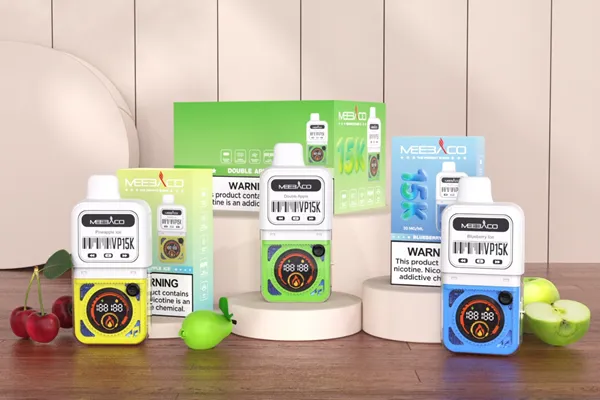You can master the latest information, new product , exhibition, promotion, etc
What Is a Pod System Vape?
A pod system vape (often called a "pod vape") is a compact, user-friendly electronic cigarette designed for simplicity and portability. Unlike traditional box mods that require manual coil building or tank adjustments, pod vapes consist of two core components:
The Battery Device (Vape Pen/Mod): The reusable power source that supplies electricity to heat the pod’s coil. It houses the rechargeable battery, the circuitry (which may include draw-activation sensors, voltage regulators, and safety chips), and the connector for the pod. It typically has a built-in battery (500mAh–1500mAh) and may include basic features like LED indicators (for battery life) or airflow controls.
The Pod (Cartridge): This is often the disposable or replaceable component. It contains the e-liquid reservoir, the atomizer coil (which vaporizes the e-liquid), and a wicking material (usually cotton) that draws e-liquid to the coil. The pod also includes the mouthpiece. Pods can be either pre-filled (closed system) or refillable (open system), each with its own advantages.
Pre-filled pods: Pre-loaded with e-liquid (often nicotine salts) and discarded once empty.
Refillable pods: Reusable—you manually add e-liquid and replace the coil only when it wears out.
Pod vapes are popular among new vapers (as a transition from cigarettes) and experienced users seeking a on-the-go option, thanks to their small size, minimal maintenance, and smooth nicotine delivery.
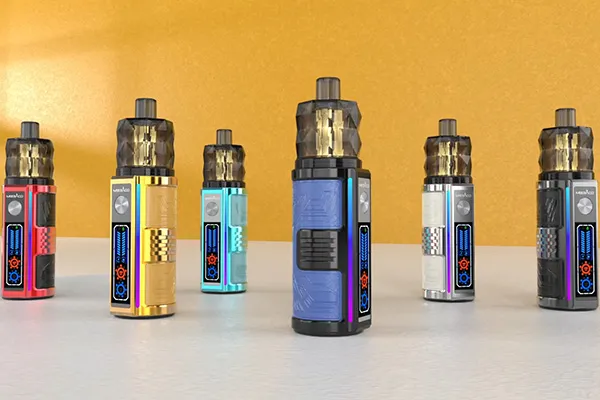
Key Compatibility Logic Between Pods and Batteries
One of the most common questions about pod vapes is: “Can I use any pod with my battery?” The answer depends on three critical compatibility factors—ignoring these can cause malfunctions, poor performance, or even safety risks.
1. Physical Compatibility: Size & Connection Type
Physical fit is the first barrier to compatibility. Pods and batteries must match in two ways:
Size & Shape: Pods are designed to snap or slide into specific battery housings. For example, a MBC0060 pod is slimmer and shorter than a MBC0018 pod—they cannot fit into each other’s batteries.
Connection Interface: Most modern pod batteries use a magnetic connection (pods attach via magnets for easy insertion) or a slide-in/snap-in mechanism. Some brands use proprietary interfaces (e.g., MBC0062 pods have a unique notch design) to ensure users only use their official pods.
Tip: Always check the brand’s product specs—look for terms like “compatible pods” or “fits [Battery Model]” before purchasing.
2. Electrical Compatibility: Voltage & Resistance
Even if a pod physically fits, electrical mismatches will ruin your vaping experience (or damage the device):
Voltage Range: Batteries output a specific voltage (usually 3.3V–4.2V, depending on charge level). Pod coils have a recommended voltage range (e.g., 1.2Ω coils work best at 3.7V–4.0V). If the battery’s voltage is too low, the coil won’t heat enough (weak vapor); too high, and the coil burns out (burnt taste) or leaks.
Coil Resistance (Ohms): Pod coils are “low-resistance” (typically 0.6Ω–2.0Ω). Batteries are calibrated to work with this range—using a coil with resistance outside the battery’s supported range can cause overheating or battery drain.
Example: A 0.8Ω pod coil (for high-wattage vaping) won’t work well with a basic 500mAh battery that only supports up to 1.5Ω coils—it will struggle to generate enough power.
3. Brand Compatibility: Proprietary vs. Universal Pods
Most pod vape brands design proprietary systems—meaning their pods only work with their own batteries. This is to ensure quality control and brand loyalty.
A small number of brands offer universal pods (e.g., some refillable pods compatible with multiple battery models), but these are rare. Always verify brand compatibility—third-party pods may fit physically but often fail electrically or void your battery’s warranty.
How Does a Pod System Vape Work?
Pod vapes operate on a simple, airflow-triggered mechanism (no buttons needed for most models). Here’s the step-by-step process:
Activation: When you inhale through the pod’s mouthpiece, a small airflow sensor inside the battery detects the suction. This triggers the battery to send an electrical current to the pod’s coil.
Atomization: The coil heats up (to 200°C–300°C) and vaporizes the e-liquid soaked into its cotton wick. Nicotine salts in the e-liquid (common in pod vapes) vaporize at lower temperatures, creating a smooth, cigarette-like throat hit.
Vapor Inhalation: The vapor travels through the pod’s mouthpiece into your lungs—this is the “vape” experience.
Battery Recharging: When the battery runs low (indicated by a flashing LED), you charge it via a USB-C or micro-USB port (most modern models use USB-C for faster charging).
Tips for Choosing Compatible Pods
Stick to Official Pods First: Official pods (from the same brand as your battery) guarantee physical, electrical, and safety compatibility.
Check Resistance & Voltage Specs: Match the pod’s coil resistance to your battery’s supported range (found in the user manual or product page).
Avoid Cheap Third-Party Pods: Low-quality third-party pods may have leaky wicks, faulty coils, or incompatible electrical components—they can damage your battery or expose you to unsafe e-liquid.
Pod system vapes are a convenient, low-maintenance option for vapers, but their performance depends entirely on pod-battery compatibility. By understanding physical fit, electrical specs, and brand restrictions, you can avoid frustration and enjoy a consistent vaping experience. Whether you’re a beginner or a retailer stocking pod vapes, always prioritize compatibility to ensure safety and satisfaction.


